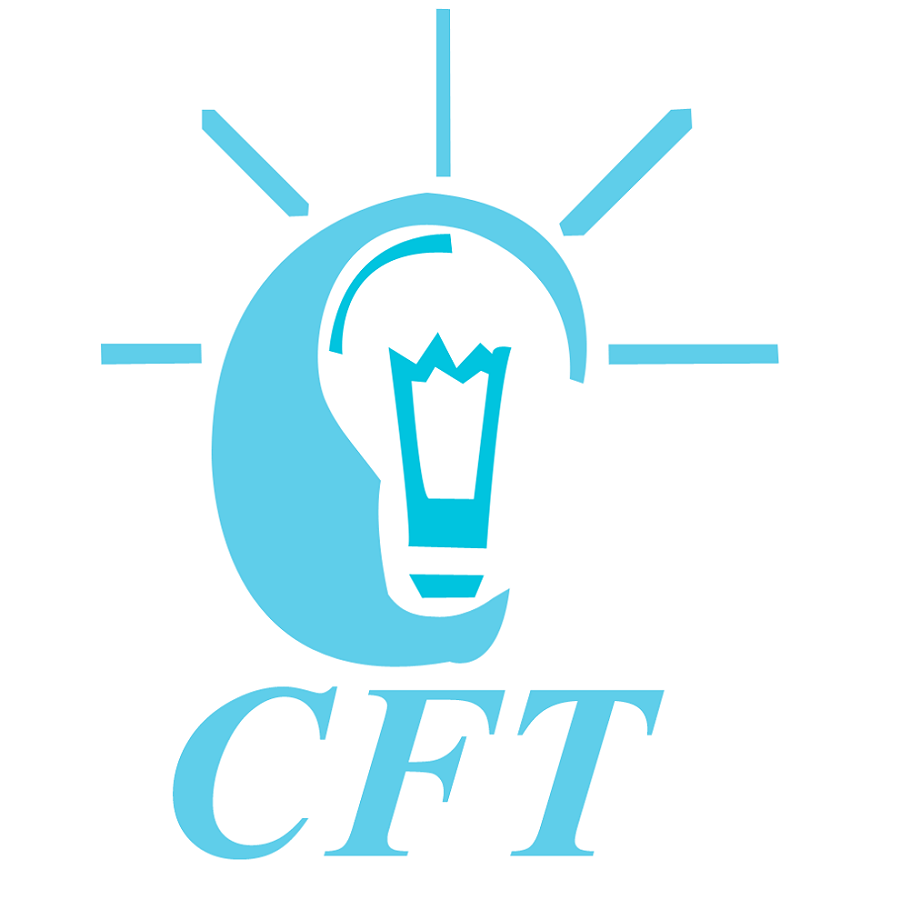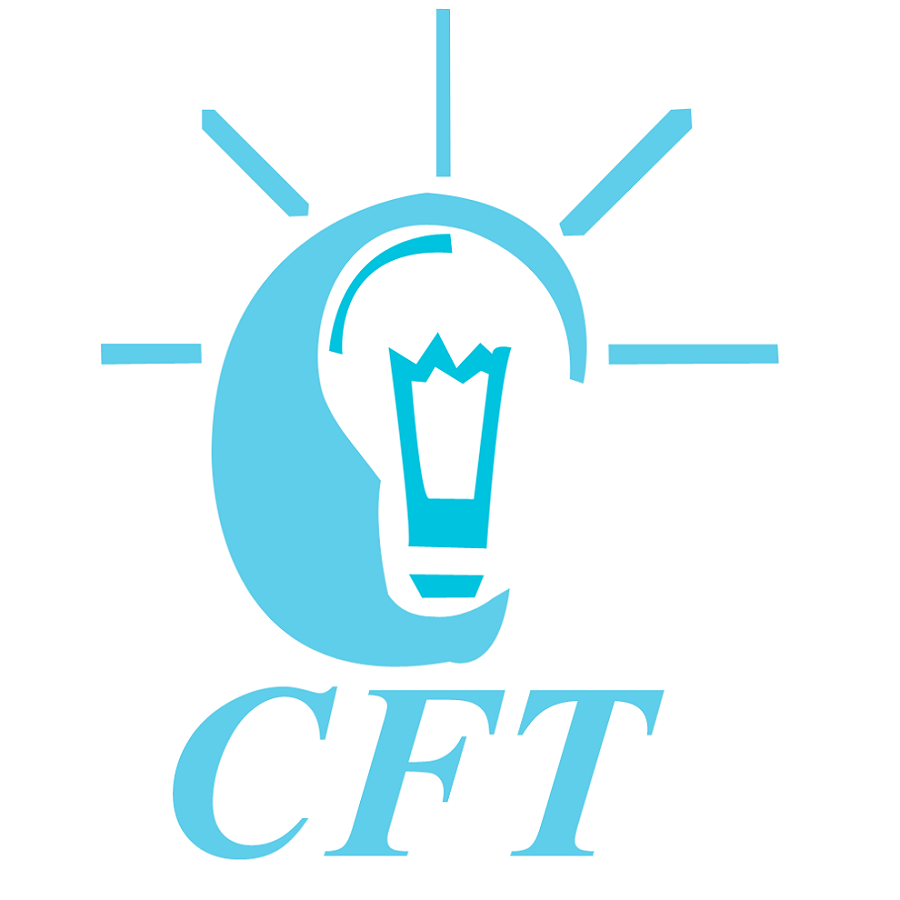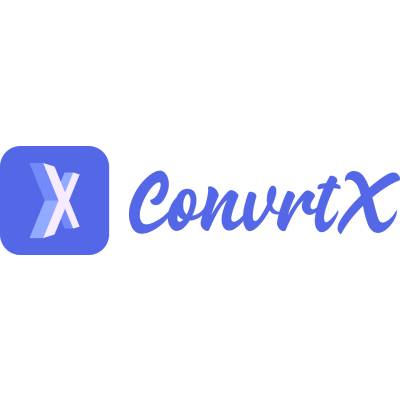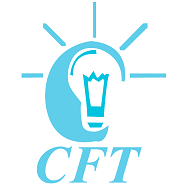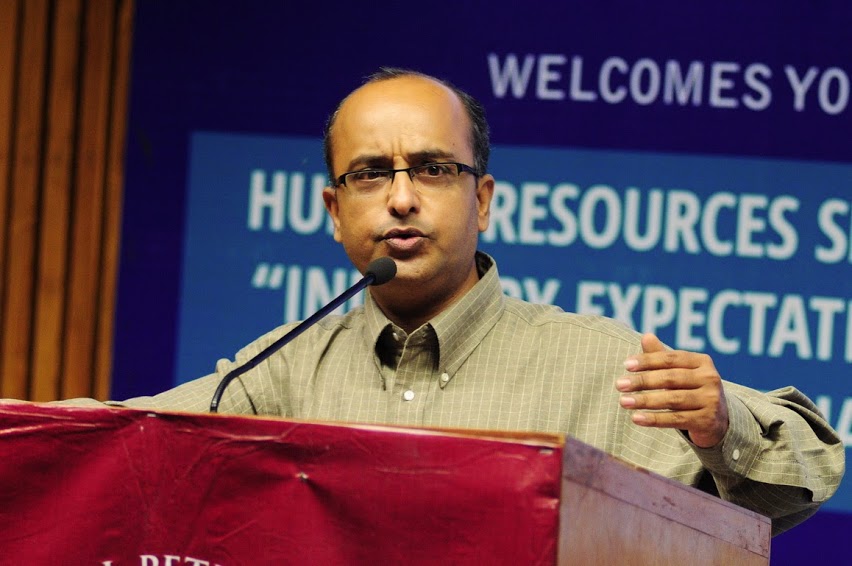Also Read:- How to Share iPhone Internet with a Notebook
Also Read:- Scientists don't know if viral load is linked to severity of Coronavirus symptoms
The pandemic and ongoing social distancing protocols reinforce to rethink underwriting. companies must address challenges faced by customers and agents that include lengthy manual processes. In this situation, the risk assessment must shift towards more data-driven models while distribution must shift from in-person interactions to more remote, online interactions.
Automated Mortgage Document Extraction
A working loan or closed loan documents are either in digital or scanned PDF formats and can come as multiple files or a single print stream. The current way of manually inspecting all the relevant docs and adding data from them in excel is not scalable. There are thousands of document types in mortgages, each containing hundreds of fields that need to be used during underwriting.
A document understanding platform that can accurately classify documents with their pages and document types and then extract all the relevant data accurately immensely speeds up the underwriting process. Converting such data to MISMO standard for seamlessly exchanging with other systems allows interoperability and quick decision making across various organizations involved in the underwriting process.
Automated Workflows with Decision Engine
Once the data is extracted from the document, the various underwriting flows collect data between different documents and external metadata for the title, flood, hazard insurance, closed loan due diligence, audit and compliance and other such processes. This data is then used by auditors to manually inspect and make decisions using calculators or spreadsheets. The auditors may also trigger workflows to get additional information. Such decisions making process can be tedious, takes time, can add manual bias.
An automated decision-making engine takes the metadata of the loan and any associated external metadata like the credit score of the borrower and applies rules to arrive at a quick decision. Such decisions can then be manually verified quickly with an audit traceback with justification. MISMO DMN standard is formulating standard ways to document mortgage-related rules.
Process Mining and Optimization
The entire mortgage approval and risk calculation process has multiple workflows and is currently being managed by a large number of people with various skill sets. Optimizing these workflows for better efficiency and faster throughout can be the first step towards the digital transformation of the mortgage industry.
A process mining software allows capturing user interactions with various IT systems and visualizing paths taken, time for each step by each user. This can be used to detect deviations, standardize processes, retrain people, and automate frequent and time-consuming steps.
Remote Online Notarization (RON)
With more and more states allowing RON, it has become easy to notarize documents over a video conference without physically meeting. With the digital signing, the notary can also complete the entire process on iPad with a few clicks rather than getting a signature on each and every physical page of the mortgage document bundle.
All such practices that have become essential during the pandemic are here to stay due to the huge amount of convenience they bring to the borrowers and notaries.
Digital Appraisal Process
The home appraisal process can be made more accurate and faster by digitizing it from end to end. The appraisers can carry iPad to the homes, take pictures, get geolocation, automatically find surrounding homes that sold recently for comps, and auto-calculate luxury quotient based on interior quality. All the exterior mapping and location awareness can further be improved by using drone footage over the property to get a better location context.
The pandemic has accelerated the digital transformation of various industries including the mortgage industry. The earlier days of slow, cumbersome processes with multi-day approval and closing periods are over. The nimble, and fast companies that can process loans faster without compromising on risk mitigation will survive in the long run. This article describes some of those upcoming trends that will help companies move towards the future.
What other trends are you seeing in the mortgage industry?





